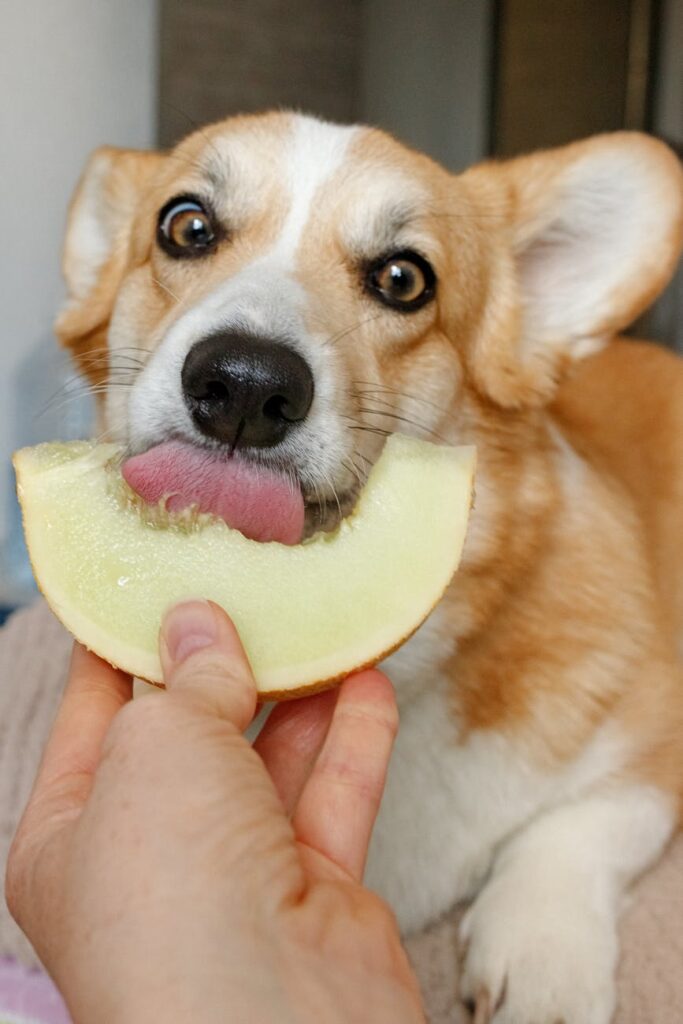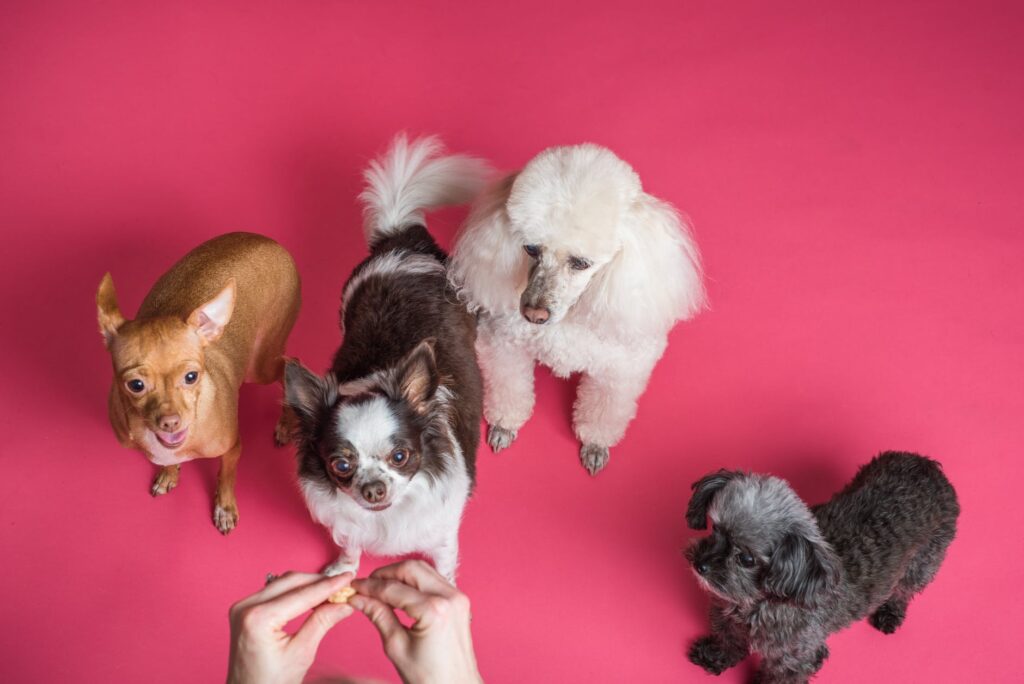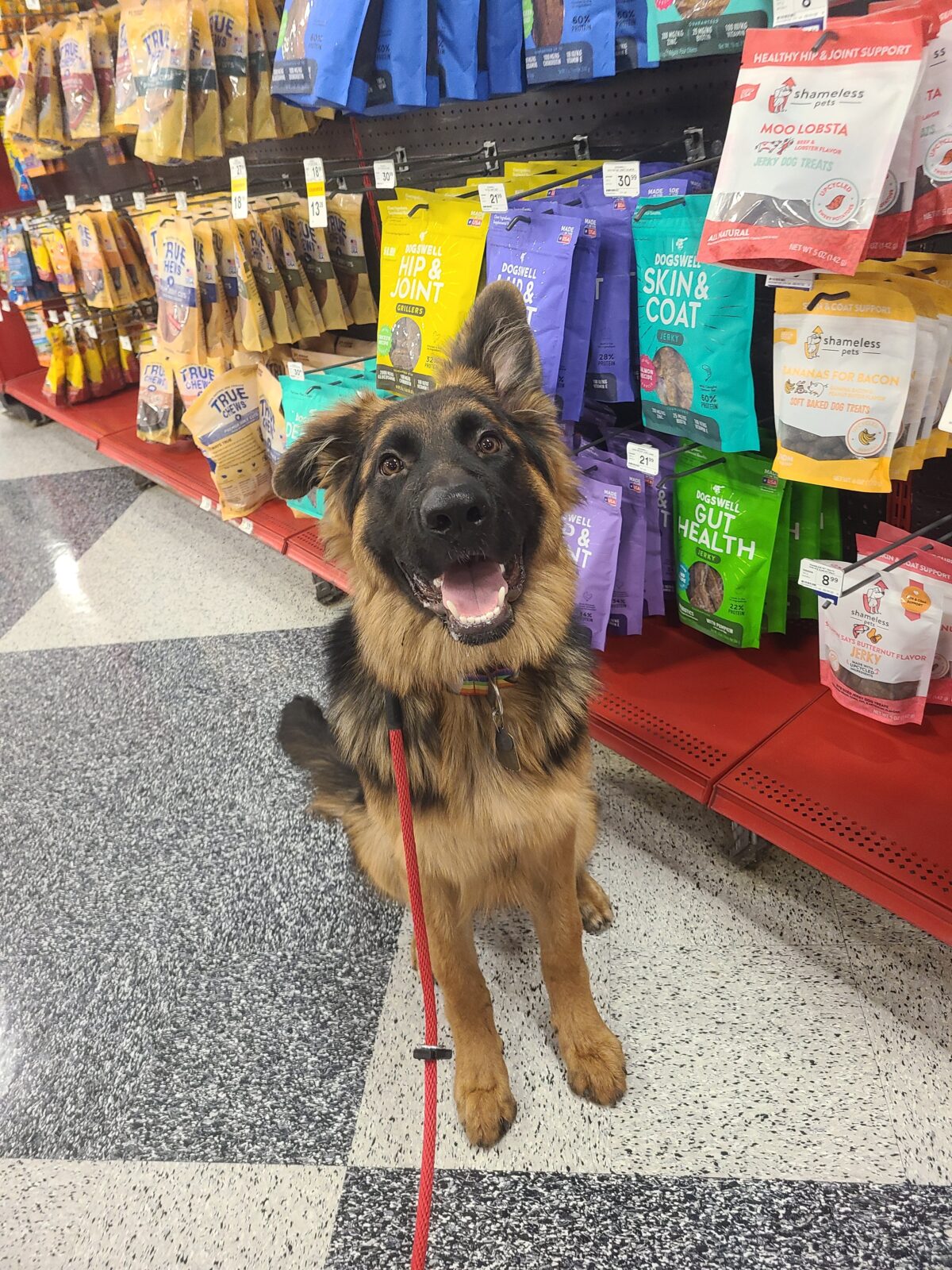I’ve been seeing this a lot lately and as they say, write what you know, so here we go.
We don’t get to decide what our dogs are motivated by. We can encourage and discourage certain things, but ultimately the dog decides what makes it happy.
I’m going to go through food drive and what to think about if you want to increase it, a list of alternatives to food motivation, and how to use those alternatives to get your dog to do what you’re looking for.
To Increase or Not Increase Food Drive

Food is the easiest way to control a dog, no question. Dogs have to eat and we can use that to our advantage.
However, there are dogs who are intrinsically not food motivated because they’ve never needed to be. The ones who can eat when they’re hungry and leave the rest of the food for later. The ones who just find people, toys, or work more exciting. Intact male dogs are known to stop eating if there’s a female in heat around, police dogs will often choose a bad guy over a t-bone.
Only in the pet dog world is there an obsession with food drive and using various methods to increase it. Stop feeding at regular meal times, only feed them when they’re doing something good, cut back on portions, ect.
I’ll admit, here at Redemption, we use a lot of food when foundation training dogs, because most dogs are motivated by some type of food (freeze dried salmon and boiled chicken almost always get some type of reaction).
However, I’ve met several dogs who would completely ignore a steak or chicken nugget if they have better things to do. I love these dogs, they force us to get creative and find what motivates them.
Alternative Motivations
Trainers can get caught up in the big three motivators. Food, toys, and affection.

These are always the go-to to start with because they’re easy to control. Here’s a list of other possible motivators if your dog has no interest in the three listed above.
- Play
- This can be play with you, play with other dogs, or playing by themselves.
- Running
- Sniffing
- Being left alone
- Freedom
While the above motivators can be harder to control, they can be incredibly beneficial to a dog who is outwardly motivated. Learning how to use them in your training can be very rewarding to both you and your dog rather than trying to increase their motivation for food.

Find what your dog likes and start using it as a reward and I promise you’ll see a difference.
For more information, Contact Us
